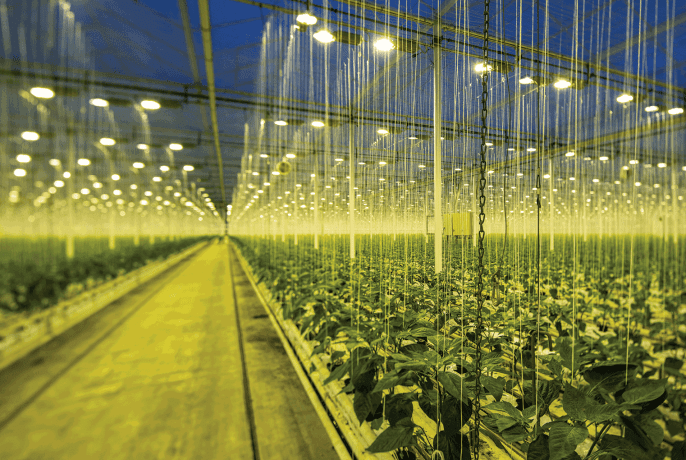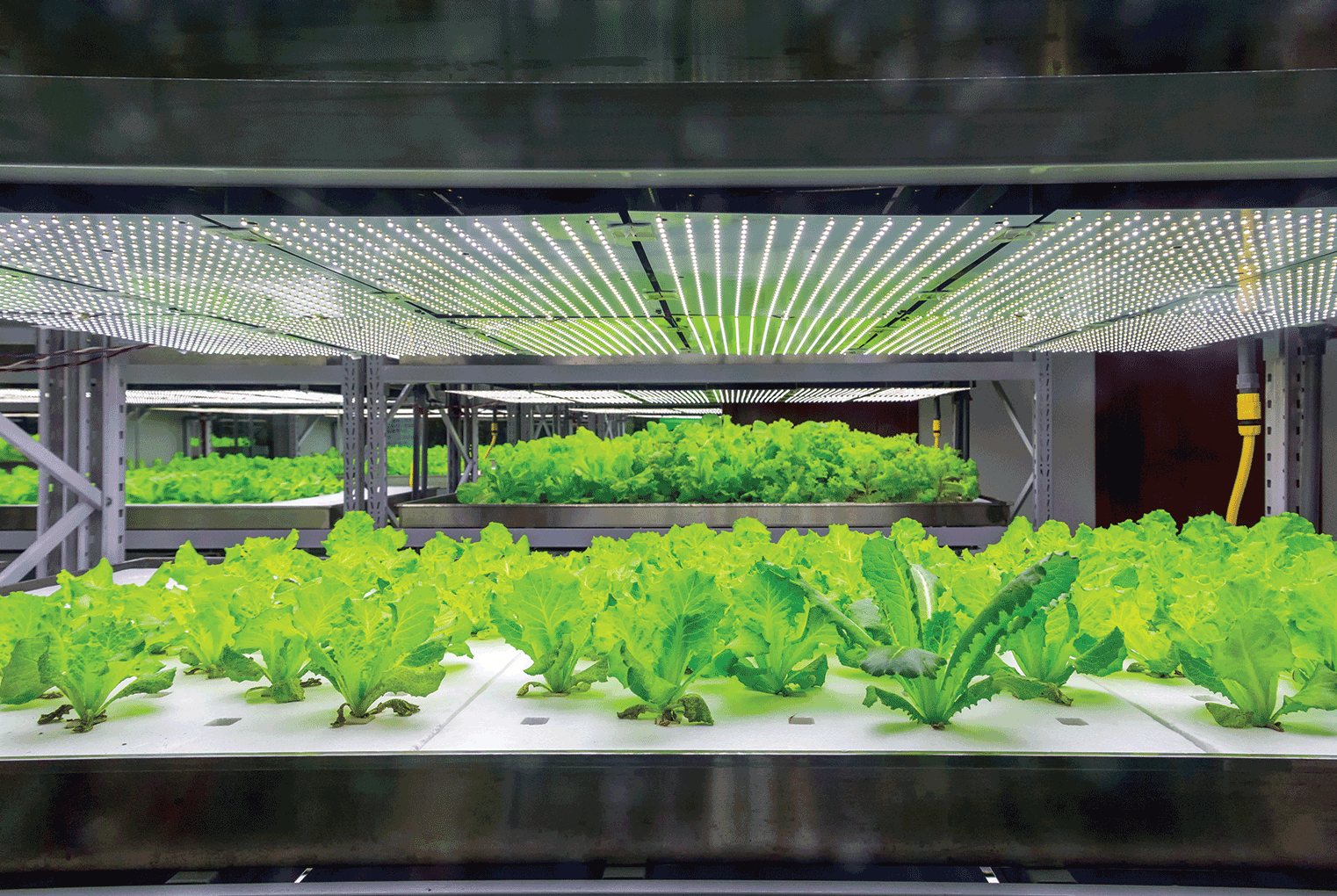If you want to grow different types of plants in your home, but are unsure of how to create the perfect environment that promotes growth, then understanding the differences between grow lights and regular lights can be extremely helpful. There are various reasons why grow lights are used to ensure the health of the plants. Understanding the kind of nutrition and environment the plants require is important if you want them to grow and flourish.
To point you in the direction, here is how grow lights differ from their regular counterparts.
What Are Grow Lights?
The first thing you need to understand before comparing grow lights and regular LED lights is what exactly grow lights are. These types of lights emit certain colors that stimulate the light coming from the sun. Mainly, they are used by those who grow plants indoors. People often wonder if they can just substitute grow lights with regular LED ones since plants would proceed with the photosynthesis process either way. Below are some of the factors that will help you decide what works best for your plants’ continuous growth and health.
Heat Emission
It is a well-known fact that when electric energy is converted to light energy, heat energy is produced. This heat is usually not that obvious except if you are touching the lightbulb, however, to plants such heat is not negligible. Regular lights actually emit a higher percentage of heat than ones specifically designed to help plants grow. This heat can have adverse effects on plants. For example, the high heat being emitted can actually burn leaves, which is not the end result you are looking for.
Power Intensity
Grow lights produce more power than their regular counterparts. The intensity of the lights helps increase the rate of photosynthesis, as it ensures that the plants have sufficient energy to grow. There are different grow lights out on the market with different intensity levels that affect the power they produce. You can get more detailed information by consulting a dedicated Grow light blog online. It is relatively easy to learn all there is to know about gardening, in general, because all the necessary information is readily available on the internet.
Light Spectrum
As mentioned repeatedly, grow lights simulate sunlight. The question is, how is that possible? Light is made up of various wavelengths that make up the light spectrum. Certain light bulbs only emit specific wavelengths, which means that they might not have the same effect that the sun has on plants. In fact, if your indoor plants are not flourishing and you are unsure why this is happening, then it could very well be caused by the lack of sunlight or lights that simulate sunlight. Grow lights are made to emit light on the same wavelengths of the sun.
Energy Efficiency
When it comes to being efficient, regular lights are the ones to take the prize. For grow lights to emit the necessary wavelengths without overheating, they consume a lot of energy. Regular LEDs on the other hand are more efficient, especially if you purchase ones that are designed to save energy. This means you need to prioritize when it comes to choosing your lightbulbs. Do you want to get lights that work better for your plants, or is your priority to conserve energy?
Cost
Regular LEDs are quite expensive, unlike others specifically designed to ensure the best possible living conditions for plants indoors. This can be attributed to the fact that regular LEDs are more available and can be easily bought almost anywhere. Grow lights on the other hand might be found in various areas, but never in the same abundance as regular lights.
Lifespan
Grow lights have a shorter lifespan than regular LEDs. The intensity of grow lights makes them more likely to burn out at a faster rate than regular light bulbs. Grow lights are usually used only when the plants are not exposed to sunlight, so you can preserve them for longer if you move the plant to a sunny spot, if possible. If not, then you will have to look for places that sell affordable grow lights so that you can get a regular supply of them whenever you need to.

If your home does not get enough sunlight or if you want to grow plants that need specific weather conditions, you will need to keep the above-mentioned points in mind to choose the best lights to get for your greenhouse. That way, you will be able to create the right environment that promotes growth by choosing the right lights that help your plants flourish.



